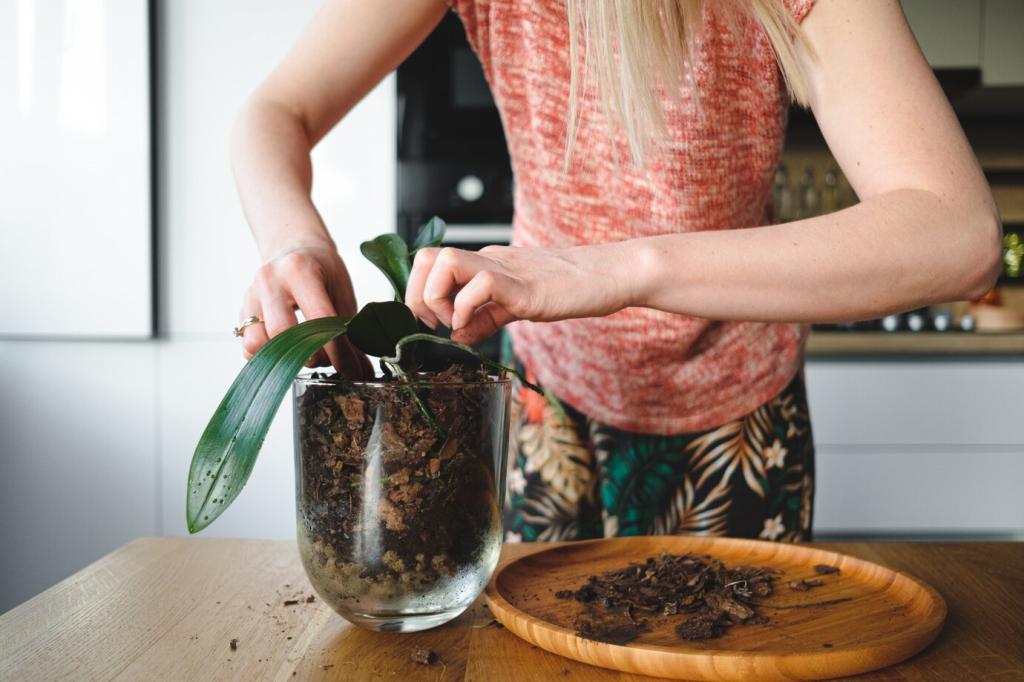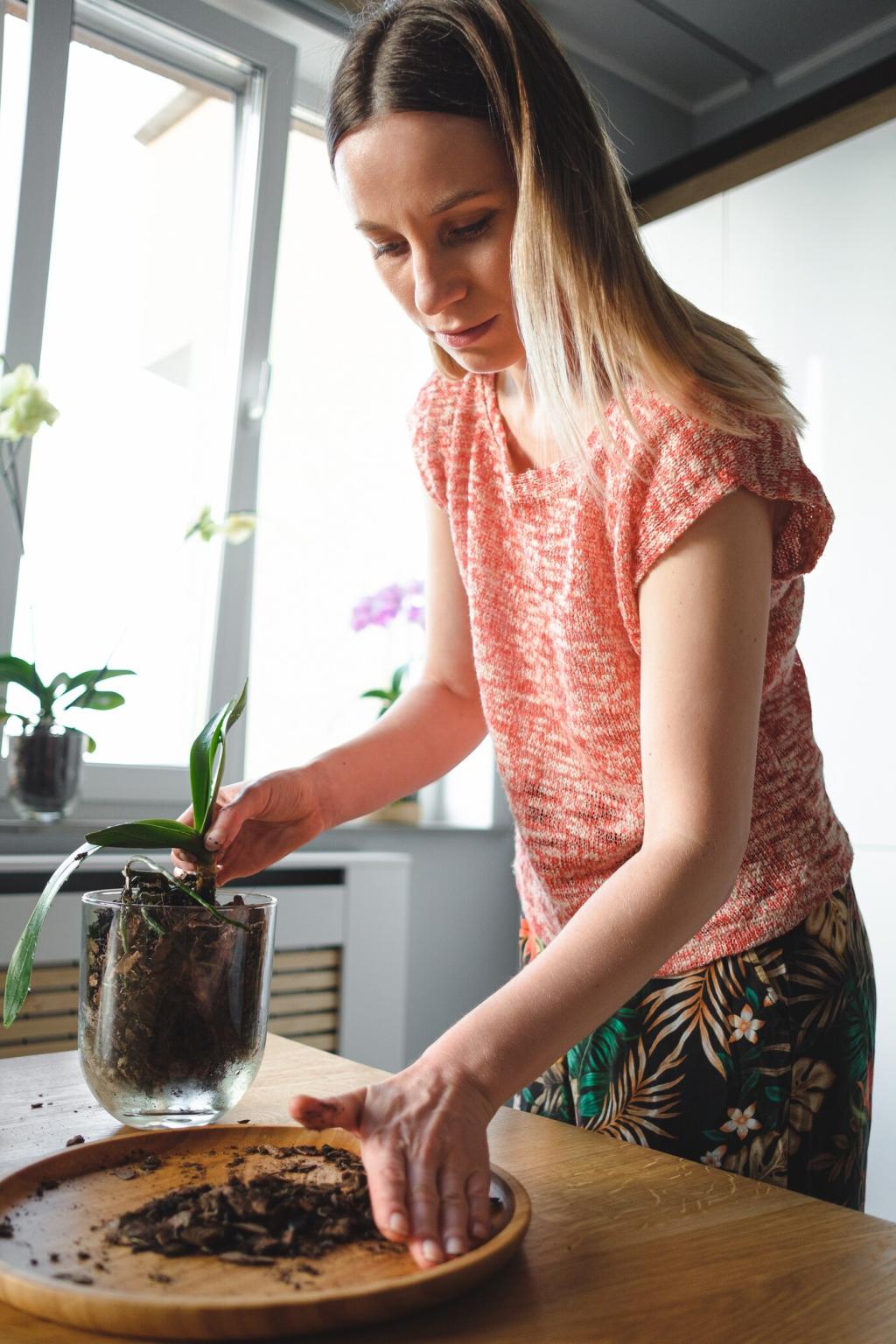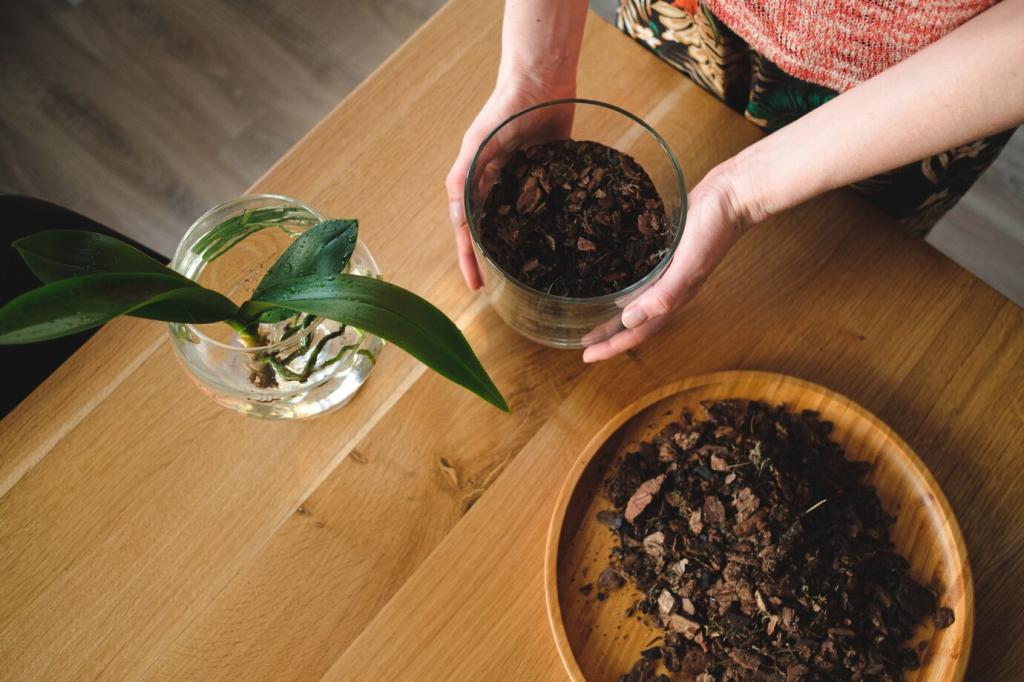Effective Composting Methods for Thriving Soil
Chosen theme: Effective Composting Methods for Thriving Soil. Welcome to a friendly space where scraps become soil power, microbes become partners, and practical methods turn messy heaps into rich, living compost your garden will absolutely adore.
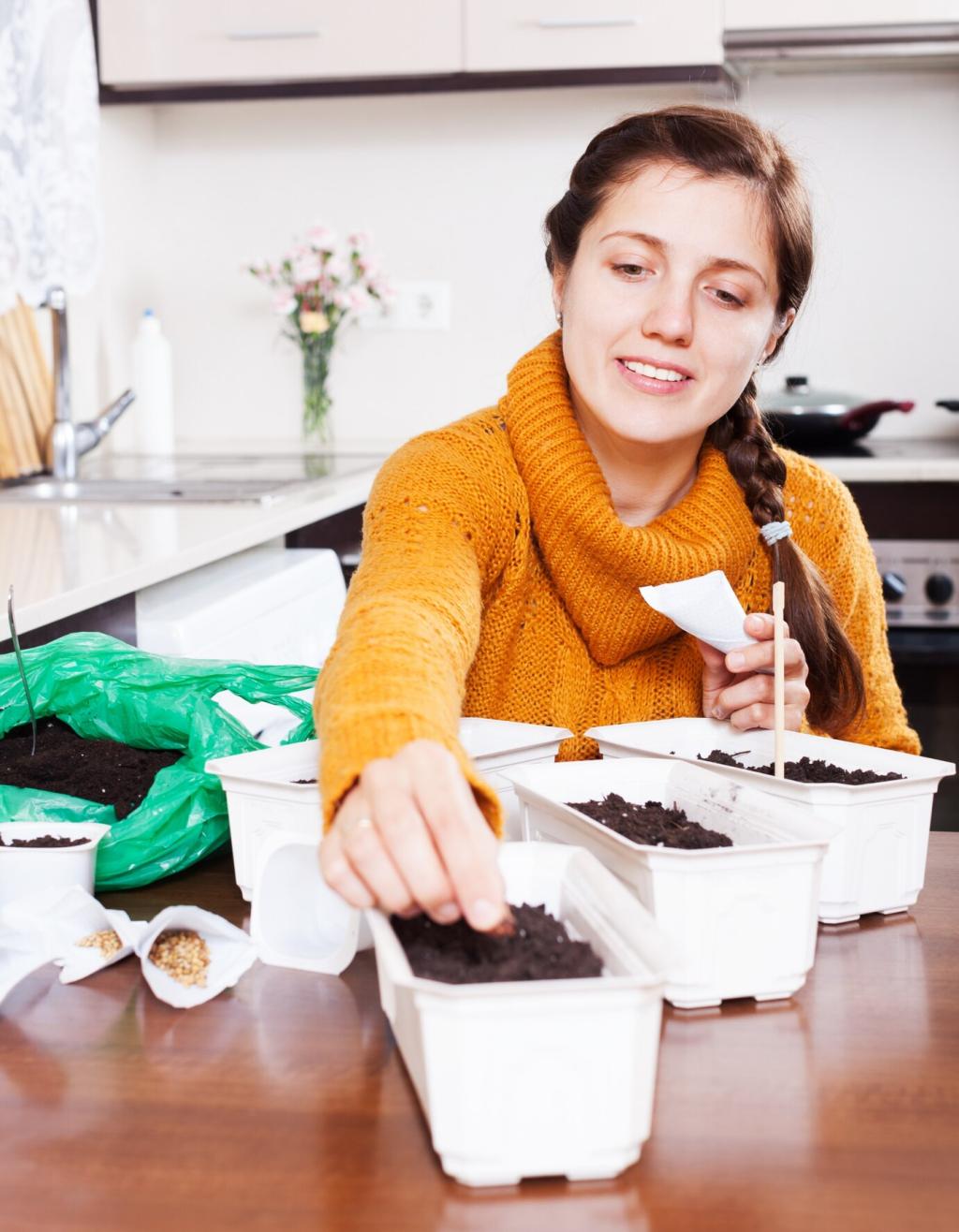
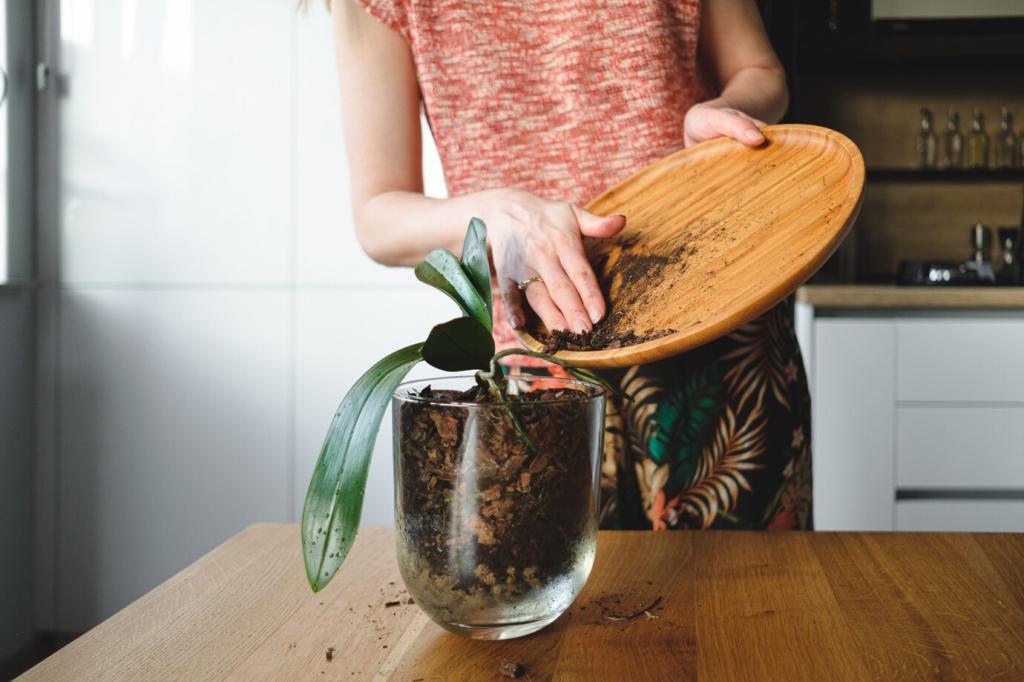
Choosing the Right Composting Method
Hot Composting for Speed
Layer greens and browns in a 3×3×3 foot mass, moisten as you build, and turn frequently for rapid results in weeks. It’s energetic, tidy, and satisfying. Comment if you’ve mastered hot compost’s energetic rhythm already.
Cold Composting for Ease
Pile organic matter and let time do the work. It requires patience—often six to twelve months—but very little effort. Exclude meats to avoid pests and gently mix occasionally. Does a slow-and-steady approach fit your garden routine?
Vermicomposting Indoors or Out
Red wigglers (Eisenia fetida) thrive in bedding of moistened cardboard and leaves, converting scraps into luxurious castings. Keep it cool, feed modestly, and harvest black, crumbly goodness. Tell us your favorite worm bin container and feeding schedule.
Bins vs. Tumblers vs. Piles
Bins organize and insulate, tumblers turn easily and deter critters, and open piles scale beautifully for large yards. Choose based on space, budget, and desired speed. Which structure best matches your climate and weekly time commitment?
Smart Placement and Drainage
Set your system on soil, not concrete, to welcome beneficial organisms. Aim for partial shade, good drainage, and nearby water access. Avoid tight corners with poor airflow. Where will your ideal compost corner live this season?
Tools That Make Turning a Joy
A sturdy pitchfork, compost aerator, garden hose with a spray nozzle, thermometer, and gloves make maintenance safer and faster. Optional: a moisture meter and sifter frame. What single tool has transformed your composting routine the most?
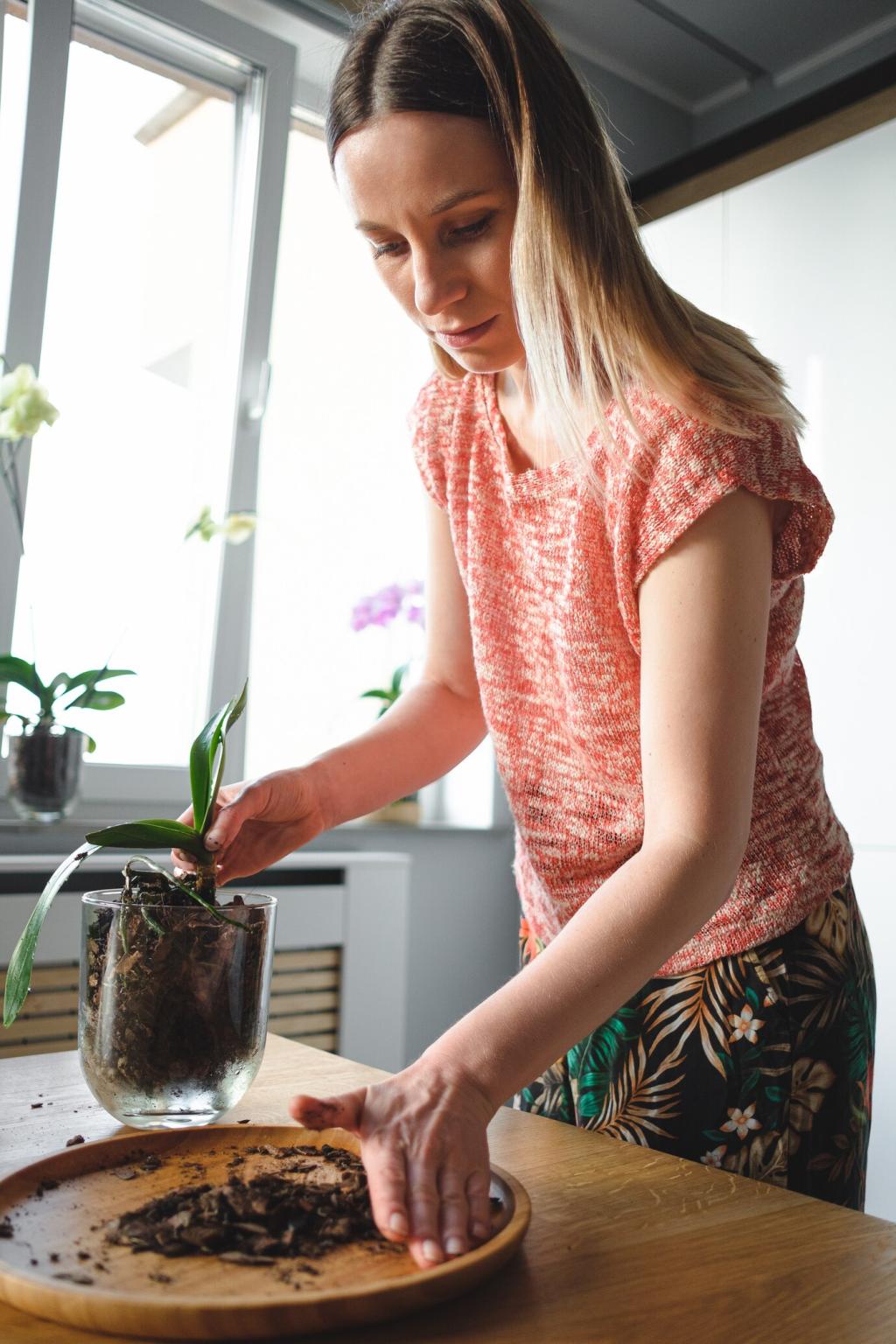
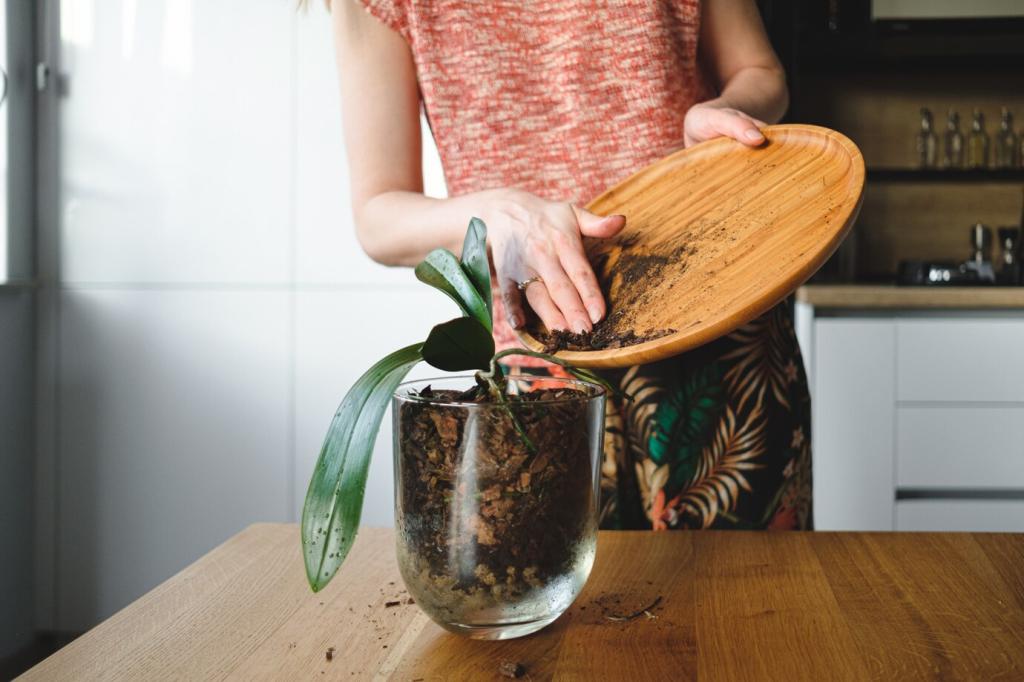
What to Add—and What to Skip
Kitchen scraps, coffee grounds, tea leaves, and fresh grass clippings provide nitrogen and moisture. Chop pieces smaller to accelerate breakdown. Mix lightly with browns to avoid soggy pockets. Which green ingredient do you generate most at home?
What to Add—and What to Skip
Dry leaves, shredded cardboard, straw, and wood chips add carbon and create air pockets. Shred materials to increase surface area and even out moisture. Bag autumn leaves for year-round browns. What’s your secret stash for dependable browns?
From Scraps to Black Gold: A Step-by-Step Schedule
Start with a breathable brown base, then alternate greens and browns, moistening each layer. Cap with browns to deter pests. Monitor temperature daily. Share your first-week notes and what surprised you about heat rise.
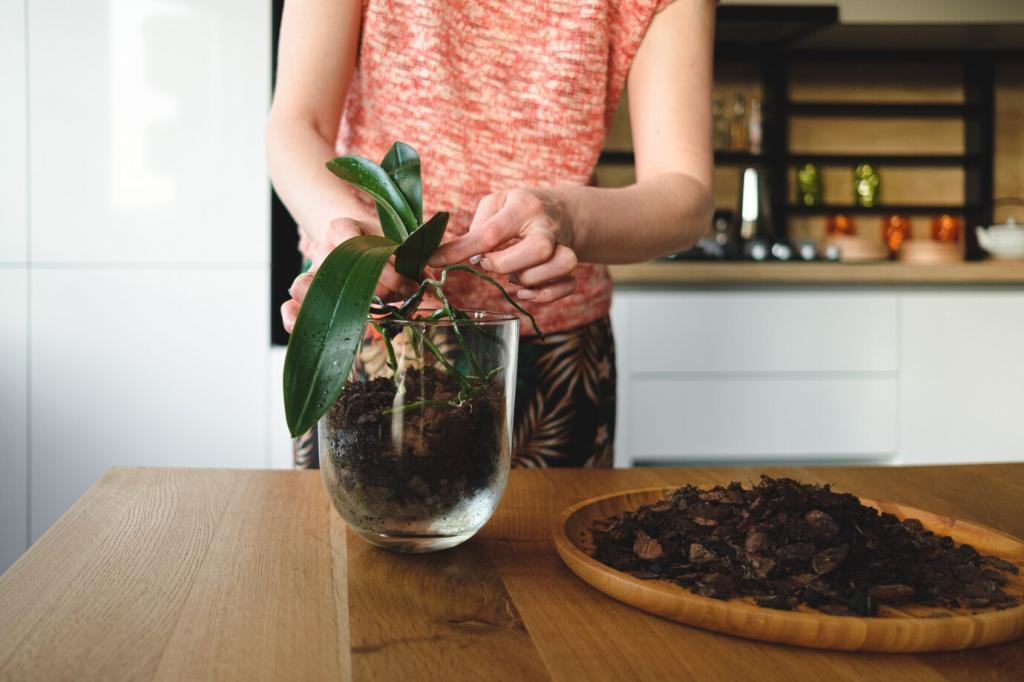
Mulch, Topdress, or Blend
Spread half to one inch as a topdress on beds or lawns, or blend ten to twenty percent by volume into potting mixes. Keep compost off woody stems. What application method gives you visible results fastest?
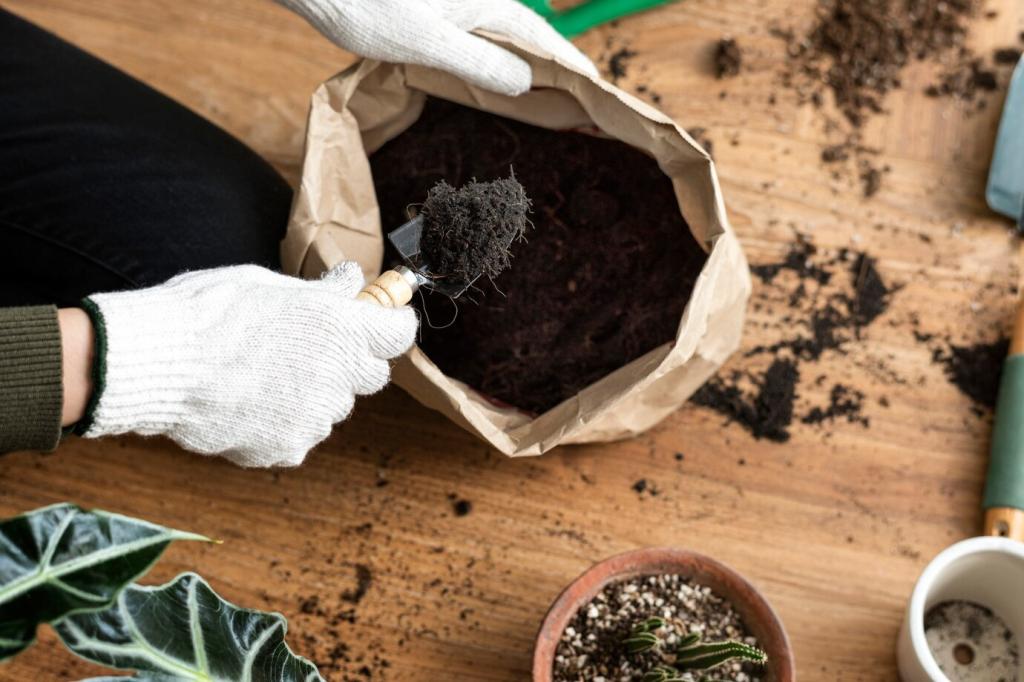
Compost Tea and Extracts
Gently agitated extracts or aerated teas help distribute biology across foliage and soil. Apply to moist soil and avoid harsh sun. They complement, not replace, solid compost. Share your brew ratios and spray timing experiences.
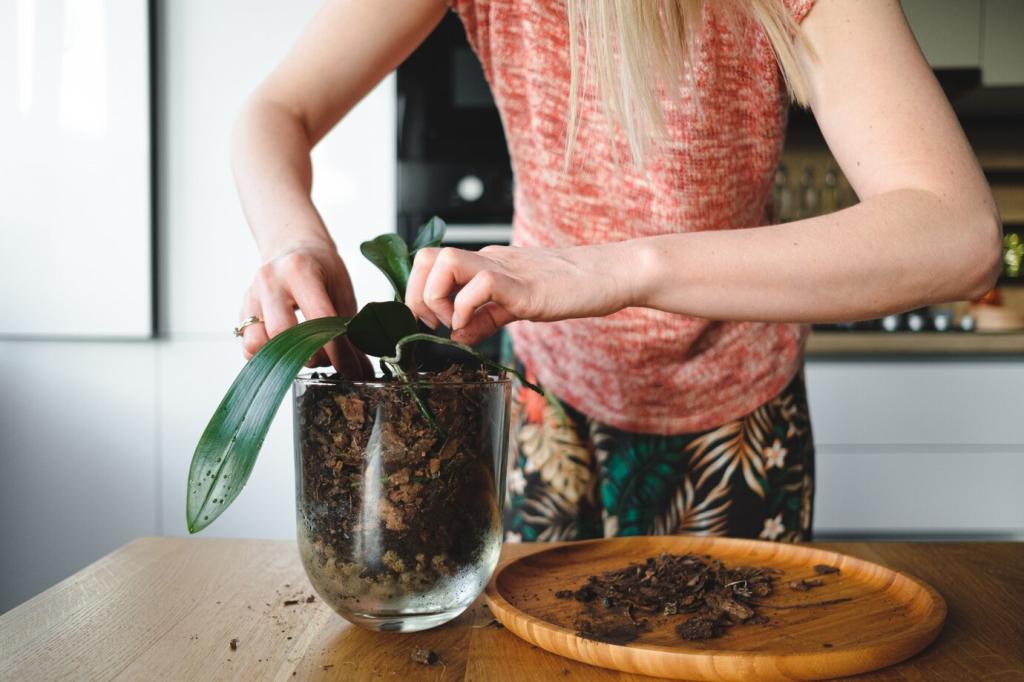
Seasonal Strategies
Spring: prep beds and seed trays. Summer: mulch for moisture retention. Fall: replenish microbial life after harvests. Winter: stockpile leaves and pre-shred. Which season challenges your soil most, and how could compost shift the outcome?
